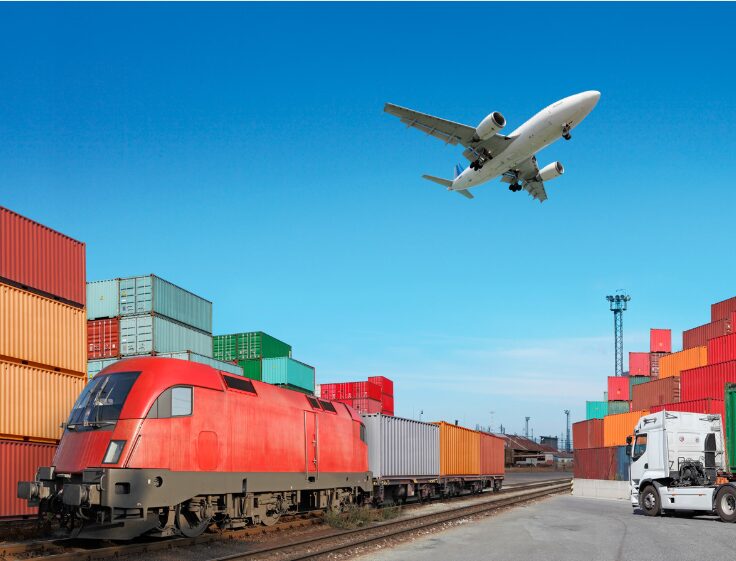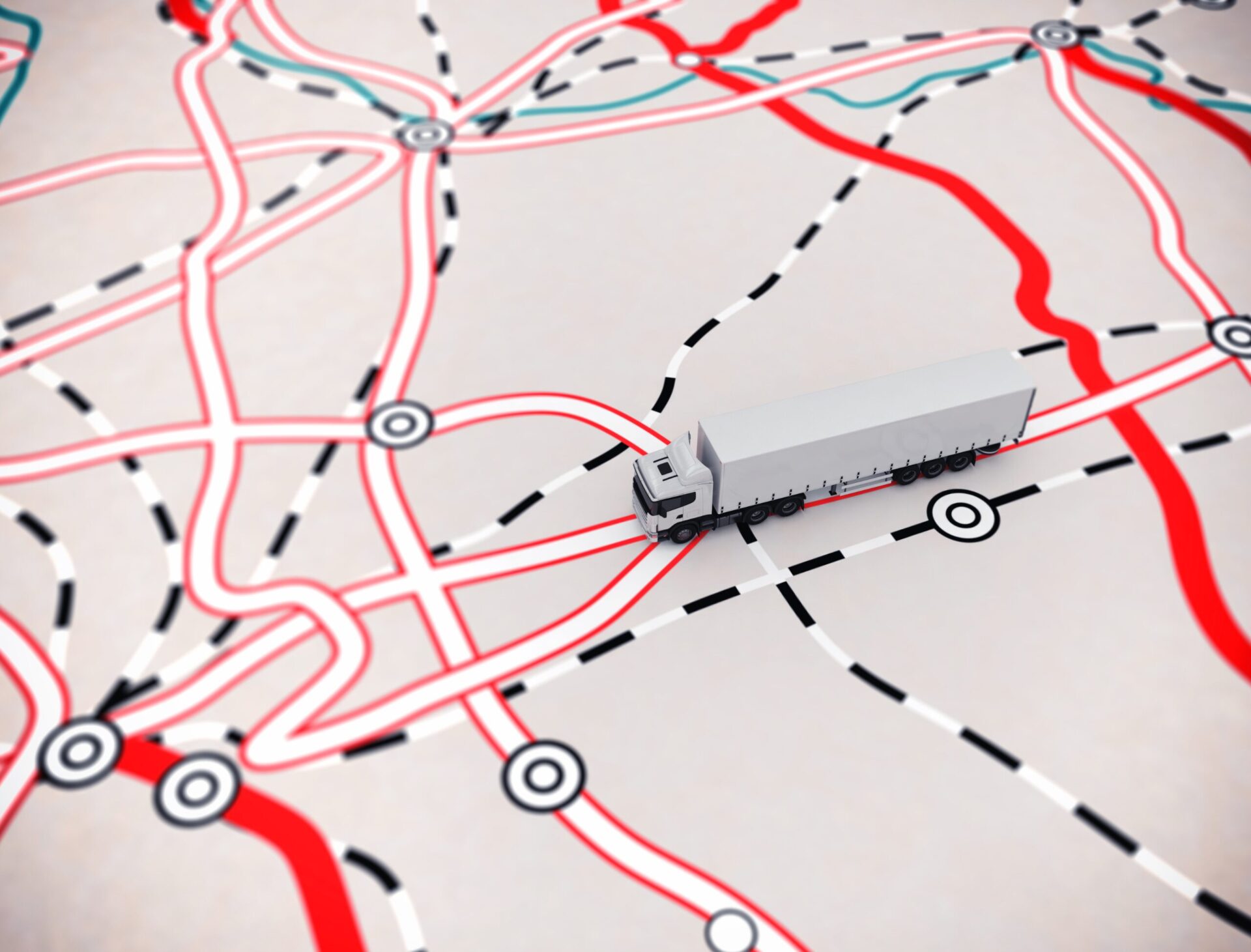Is your Warehouse Layout Up to Date? Receive an Updated Layout in 2 Weeks.
Shipping Smarter: The Case for Hyper-Dense Intercompany Transfers

By: Jennifer Hall
April 21, 2025 | 3 min read
How Retail Price Density Shapes Your Supply Chain
I’ve previously written about the three types of networks—one, few, and many—and how product value influences your network strategy. Typically, when we talk about product value, the focus is on cost and the inventory carrying costs tied to maintaining higher safety stock across multiple nodes. But there’s another critical factor to consider: the retail price of your product. That’s where retail price density comes in—the amount of revenue generated per unit of shipping volume or weight.
If you’re shipping low-priced items (like inexpensive packaged foods) over long distances, the shipping costs can quickly outweigh your profit. Why? Because these products don’t have enough price density to justify the logistics expense. And this is exactly where many companies see their margins quietly slip away.
Imagine you’re running a fast-growing business-to-business (B2B) consumer packaged goods (CPG) company. In the early days, things are simple—you’ve got a single warehouse in California, and from there, you ship products across the country. West Coast orders go out quickly, and even those further east get there eventually. It works—for a while.
But as your customer base grows, things start to get complicated. Orders are flooding in from everywhere: New York, Chicago, Miami. Suddenly, shipping costs are ballooning, delivery times are lagging, and your once-solid margins are under pressure.
What happened? You’ve just run into the invisible wall of logistics: distance, inefficiency and the population peripherals of the US.
The Hidden Cost of Going Far
Initially, it may seem smart to ship from a central location to avoid the complexity and duplication of managing multiple sites and increased inventory. However, over time, transportation costs will begin to outweigh those savings, and ensuring you are shipping at your densest will take priority.
Customer orders being as variable as they are mean that from time to time, you will ship a truck a few pallets short. At a point, your “full truckload” consistently coming up short will outweigh the savings of less nodes.
So how do the pros do it? They rely on hyper-dense intercompany transfers to ship coast to coast – shipped by rail and true full truckloads—the most cost-effective methods for moving large volumes of product over long distances. Intercompany transfers are within your control.
To take this idea to the extreme, I once spoke with a building supplies retailer that shipped products to corporate-owned stores on an island—a very expensive operation. Since the inventory was owned internally, these shipments were essentially intercompany transfers. To make the most of each shipment, they packed every inch of the container with extra building insulation—lightweight, easy to sell – maximizing the retail price density of every container.
And then you ship that final stretch to the customer from the regional DC – where the cost impacts of that slip in density will be less painful.
Why You Need Many Nodes
By setting up many strategically placed distribution nodes, you’re able to:
- Ship transfers in bulk using efficient methods (rail, truckload)
- Store inventory closer to customers
- Deliver the final leg quickly and cheaply
Let’s go back to that CPG company. You are opening a new warehouse in the Northeast. Next year, one goes up in the South. Now, you’re sending massive shipments by rail to each region, then delivering locally. Not only are you saving money and protecting your margins – you’re placing inventory closer to customers, shortening their lead times and gaining the competitive edge.
Scaling the Right Way
There’s no denying that opening multiple nodes adds complexity. Each location brings storage costs, staff, inventory carrying costs, and operational overhead. But when you weigh that against what you save in shipping—and what you gain in customer satisfaction—it’s a smart investment. Next time you’re in the board room having these conversations, consider adding retail price density to your thought process.
Ultimately, logistics isn’t just about movement. It’s about efficiency. You have to balance the cost of moving and storing inventory with the revenue potential of each unit sold. And the more efficiently you can do that, the more scalable and sustainable your business becomes.
Next time you see shelves fully stocked or a distributor quickly replenished, consider what made it possible: a dense, well-orchestrated supply network moving goods in bulk, reducing transit distances, and maximizing efficiency and value at every step. In the end, that’s the secret: low retail price density = many nodes, and a logistics system built not just to deliver—but to thrive.
Have questions or want to dive deeper into optimizing your supply chain? Reach out to Jennifer Hall for insights or a personalized consult.
To thrive in today’s competitive business landscape, successful companies have recognized the importance of prioritizing supply chain efficiency and responsiveness. Discover why network studies play a crucial role in optimizing supply chain networks and when your company should consider conducting one.
Click for detailed insight into the questions to ask and problems to solve when deciding on the best distribution strategy.
By Charles Fallon August 23, 2017| 4 min read This case study shares how LIDD’s supply chain consultants helped…Related Posts

Connecting the Dots – Why & When You Need Network Studies

A Guide to Choosing the Right Distribution Strategy

Direct-to-Consumer Distribution Can Be a Whole New World
